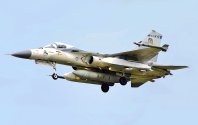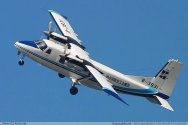Mark my words, by the time FC-31 is adopted, it will have a domestic engine. Sure it might have a RD-93, but that's with The Russians on board as a partner, and not merely as a supplier.
Sure, the only large component you see now is the F-414, but I'll bet a lot of the electronics and navigation will be foreign sourced. BTW, since India doesn't have its own GPS and Beidou, what will it use?
Don't kid yourself, copying is only fucking way to go. The going might have been tough for WS-15, but if the Chinese had not started out with WS-10 and its granddy: CFM-56, it would've taken then even more time. There is only so many ways to compress air, you might as well take from a mature design. On the other hand, if the Indians want to blaze their own path, you will know they are really just trying to drag out the program for more $$$$.
Nobody build a gen 5 bird for domestic only. Everyone would like to export a little to spread out the cost as much as possible.
There is a 3 choice, not building the thing and build out India's industry one step at time. Indians are too eager to promise the moon and trying to quantum leap evolution. History and experience has shown that they are successful at squandering Indian tax payer funds and fucking up, decade after decade.
They really should take a page from Deng, and lay low for 20 years, focus on catching the last train on the globalization express. India has no real existential threat, just make peace with Pakistan and work in modernizing domestic industries first.


